Full Sun Plants - Plants That Do Well In Direct Sun


Gardeners with full sun are truly blessed. While it's true there is a plant for every space, sunny patches are the easiest to fill. Many plants thrive in full sun conditions, but what exactly does the term mean?
How Do You Measure Full Sun?
To determine how much sun you have in your garden, watch the light throughout the day after the trees have leafed out in spring. Full sun means that a space gets six to eight hours of direct sunlight during the day. Direct sunlight means the light is not filtered through leaves or anything else.
Full sun plants grow well in these conditions, and there are many that fit the bill. They also tend to be drought-tolerant, which makes them more low maintenance and good for the environment (and your water bill).
Of course, there are some potential challenges in growing plants for full sun. A sunny spot can get very hot and dry. Keep an eye on your plants for signs of heat stress, especially in the hot afternoon sun, and make sure they get enough water.
Outdoor Plants That Like Direct Sunlight
Direct sunlight is a boon in the plant world, and there are plenty of full sun flowers and vegetables to choose from. Here are some of our favorites, broken down into full sun annuals, full sun perennials, and full sun vegetables.
Annuals for Full Sun
Annual full sun flowers add cheer to beds, edges, containers, and patios. And since they only last one season, you can change them up each year to try different looks. They're also classic sun-loving plants. For spots with full sun exposure, there are a lot of options:
- Lantana -- Lantana is a striking annual with round clusters of small blooms with pretty color gradations, almost like a rainbow. The plants are shrub-like and tolerate dry conditions.
- Marigold -- One of the most cheerful of all annuals, marigolds love full sun. As a bonus, they keep rabbits away from vegetable patches with their spicy smell.
- Helenium -- This annual produces a continual show of cheerful yellow flowers. Helenium leaves are light and feathery.
- Verbena -- Verbena can be a perennial, but for hot, sunny spots, it does best as an annual. It produces delicate small flowers in a range of colors.
- Petunia -- This is a classic full sun annual with a variety of colors and constant blooms. Petunias look best in containers or along the edges of beds where they can spill.
- Sunflower -- Sunflowers are easy to start from seed and will reward you with late summer and fall blooms.
- Moss rose -- This flowering, full sun annual is native to South America and grows in a dense, low mat. Moss rose flowers have delicate, ruffly petals and come in a range of colors.
Perennials for Full Sun
Perennial plants come back year after year, which means they last longer. They also present a good opportunity to use native species and to attract pollinators. These are some full sun perennials to try:
Gardening tips, videos, info and more delivered right to your inbox!
Sign up for the Gardening Know How newsletter today and receive a free copy of our e-book "How to Grow Delicious Tomatoes".
- Bee balm -- Bee balm's unusual flowers will bring all the pollinators to your garden while also adding bright colors.
- Peony -- With the right conditions, peonies will reward you year after year with extravagant, large blooms in shades of pink and white.
- Hardy geranium -- This hardy type of geranium grows in mounds and has a long flowering period. As a bonus, it smells delicious.
- Daylily -- Enjoy abundant colorful lilies from early summer with daylilies. They are easy to grow and regular divisions allow you to spread them to more areas of the garden.
- Lavender -- In warmer climates, lavender thrives in hot, sunny, and even dry conditions as a perennial. It will reward you with a gorgeous aroma and a usable herb.
- Coneflower -- This tall, daisy-like perennial is native to much of North America. While traditionally purple, you can now find coneflower varieties in many other colors.
- Hollyhock -- For a tall flowering perennial with cottage garden appeal, you can’t do much better than hollyhock, which loves full sun.
- Pinks -- Dianthus, or pinks, thrives in full sun. It produces unique pink flowers edged in white and with a fringed texture on low stalks.
Vegetables for Full Sun
If you have a full sun patch and want to grow vegetables, you’re in luck. Some of the cooler season vegetables—leafy greens, lettuces, radishes, leeks—do better with partial shade, especially in the heat of summer. But most vegetables do best with at least six hours of direct sun. For full sun, you can grow:
- Tomatoes
- Peppers
- Eggplant
- Okra
- Melons
- Zucchini
- Squash
- Cucumbers
- Corn
- Beans
- Peas
Full-sun gardening is a dream for most gardeners. Full shade is much trickier, so if you have a sunny spot, celebrate! And if none of these plants strike your fancy, check the plant labels at your local nursery -- there are plenty of other full sun lovers out there. Just be sure to keep them well-watered, especially during the hottest days of the summer.

Mary Ellen Ellis has been gardening for over 20 years. With degrees in Chemistry and Biology, Mary Ellen's specialties are flowers, native plants, and herbs.
-
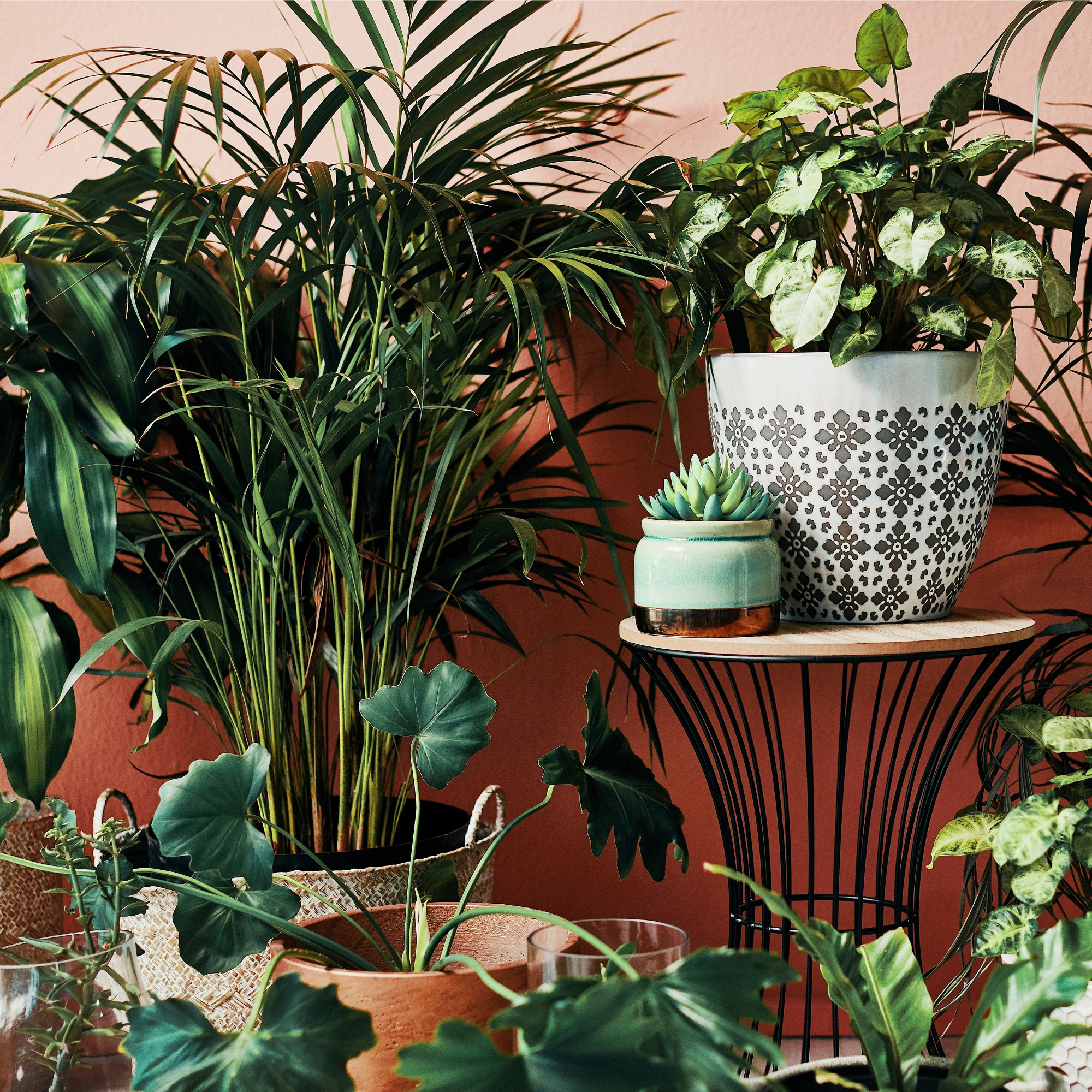 Should You Really Move Houseplants Outdoors In Summer? Learn The Truth To Help Them Thrive
Should You Really Move Houseplants Outdoors In Summer? Learn The Truth To Help Them ThriveMany of us move houseplants outside during the summer months. Explore the benefits and how to best care for houseplants outdoors so they flourish.
-
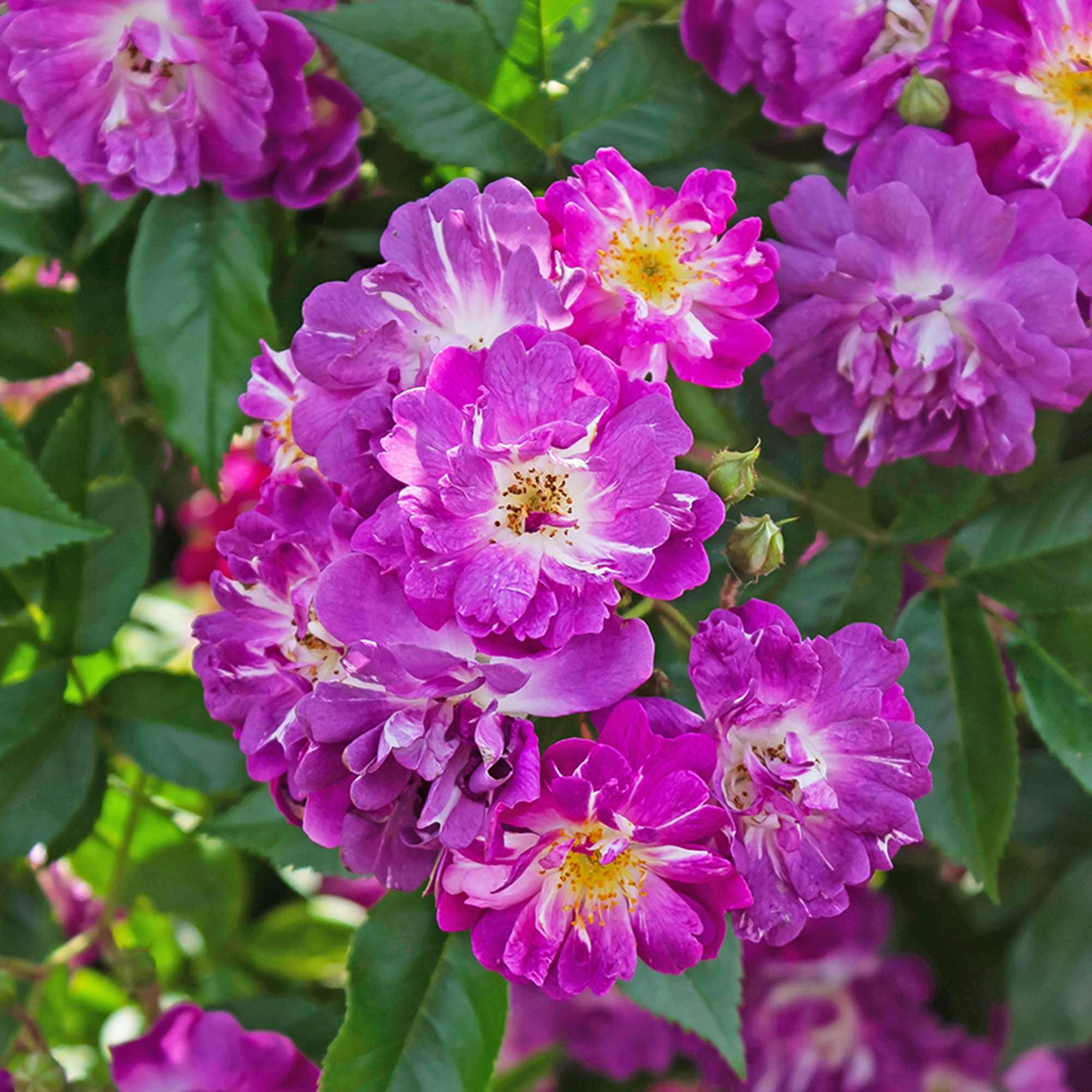 Best Climbing Roses For Every Garden: 12 Stunning Varieties For Pergolas, Arches & Walls
Best Climbing Roses For Every Garden: 12 Stunning Varieties For Pergolas, Arches & WallsDiscover the best climbing roses to plant in your garden to ensure a long summer of glorious blooms.
-
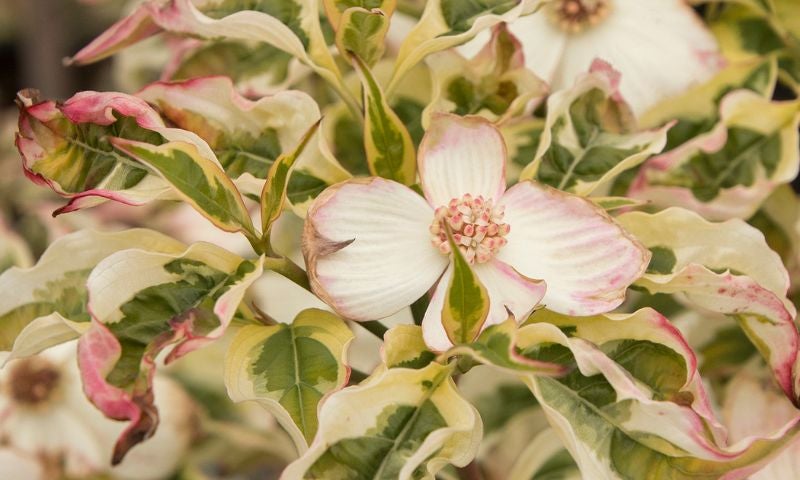 20 Hard-to-Find Spring Flowers & Plants That Look Amazing All Season
20 Hard-to-Find Spring Flowers & Plants That Look Amazing All SeasonIt’s finally beginning to look like spring! If you’re eager to find some unique, hard-to-find varietals to satisfy your spring fever, look here first.
-
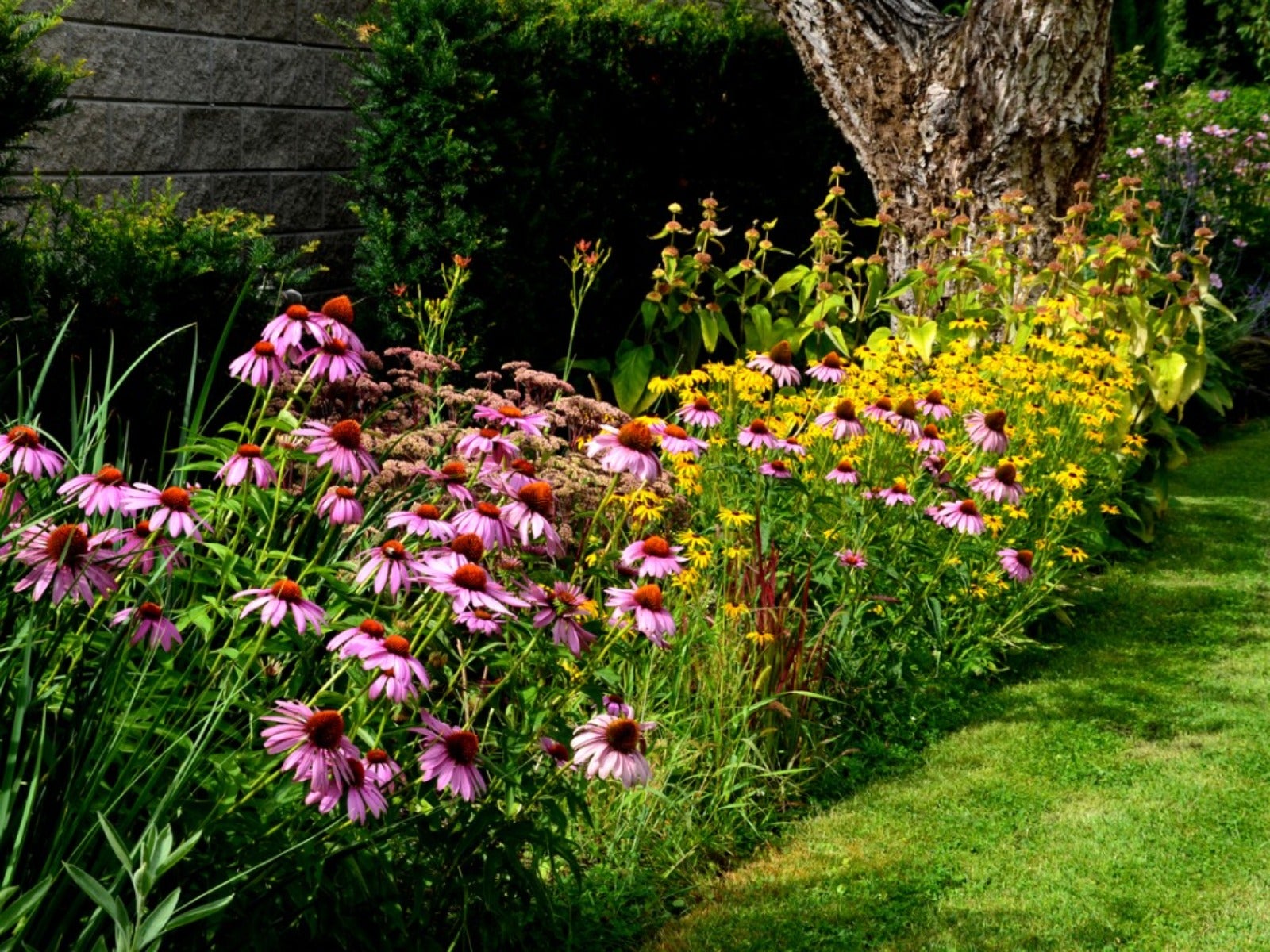 How Wildflower Strips Help Attract Pollinators To Your Yard
How Wildflower Strips Help Attract Pollinators To Your YardIf you have a small garden spot or strip available, fill it with wildflowers for our hungry pollinators. Click to learn more.
-
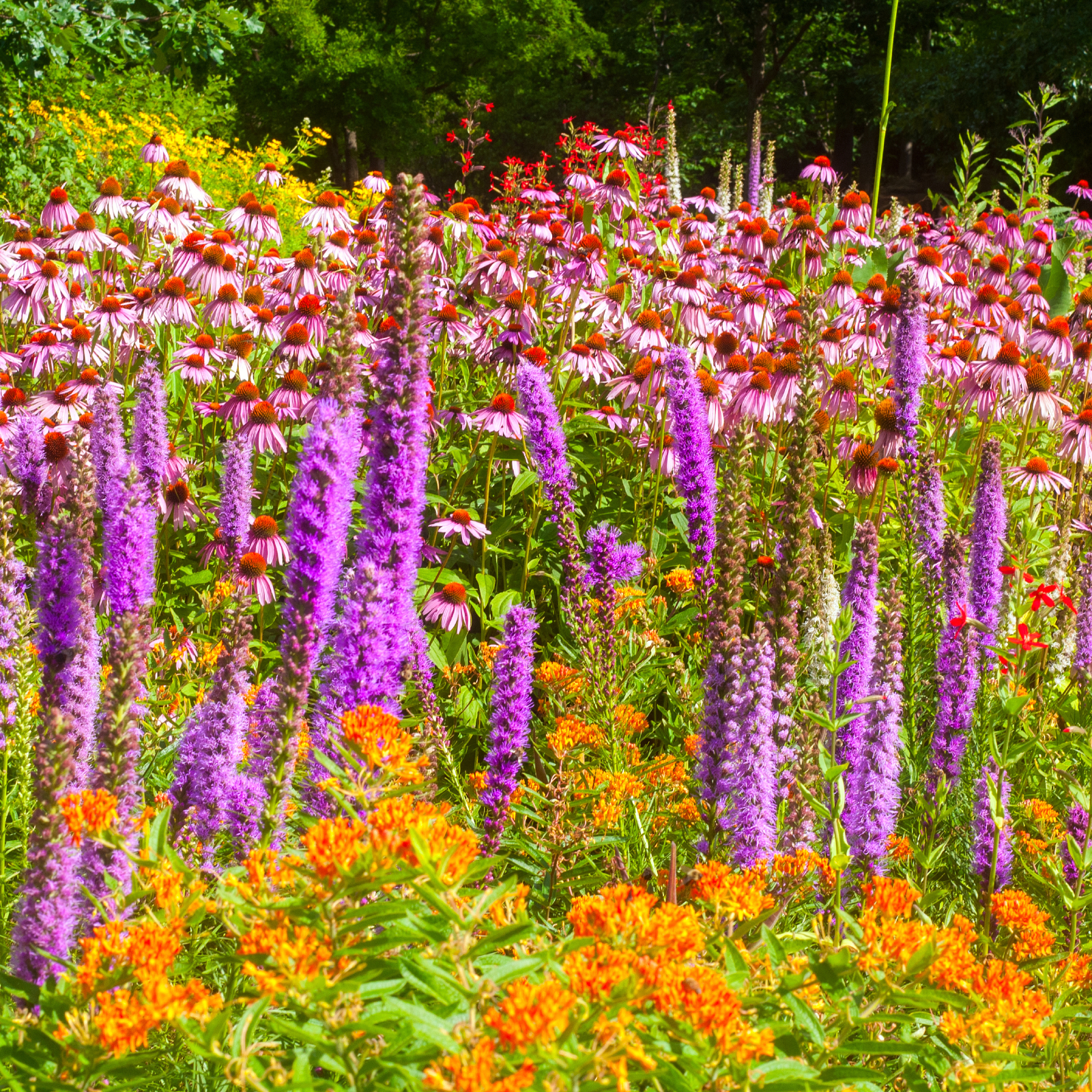 10 Knockout Native Flowers To Add A Punch Of Color To Your Garden
10 Knockout Native Flowers To Add A Punch Of Color To Your GardenGrowing native is the way to go. See our list of ten native wildflowers that will knock you out with color.
-
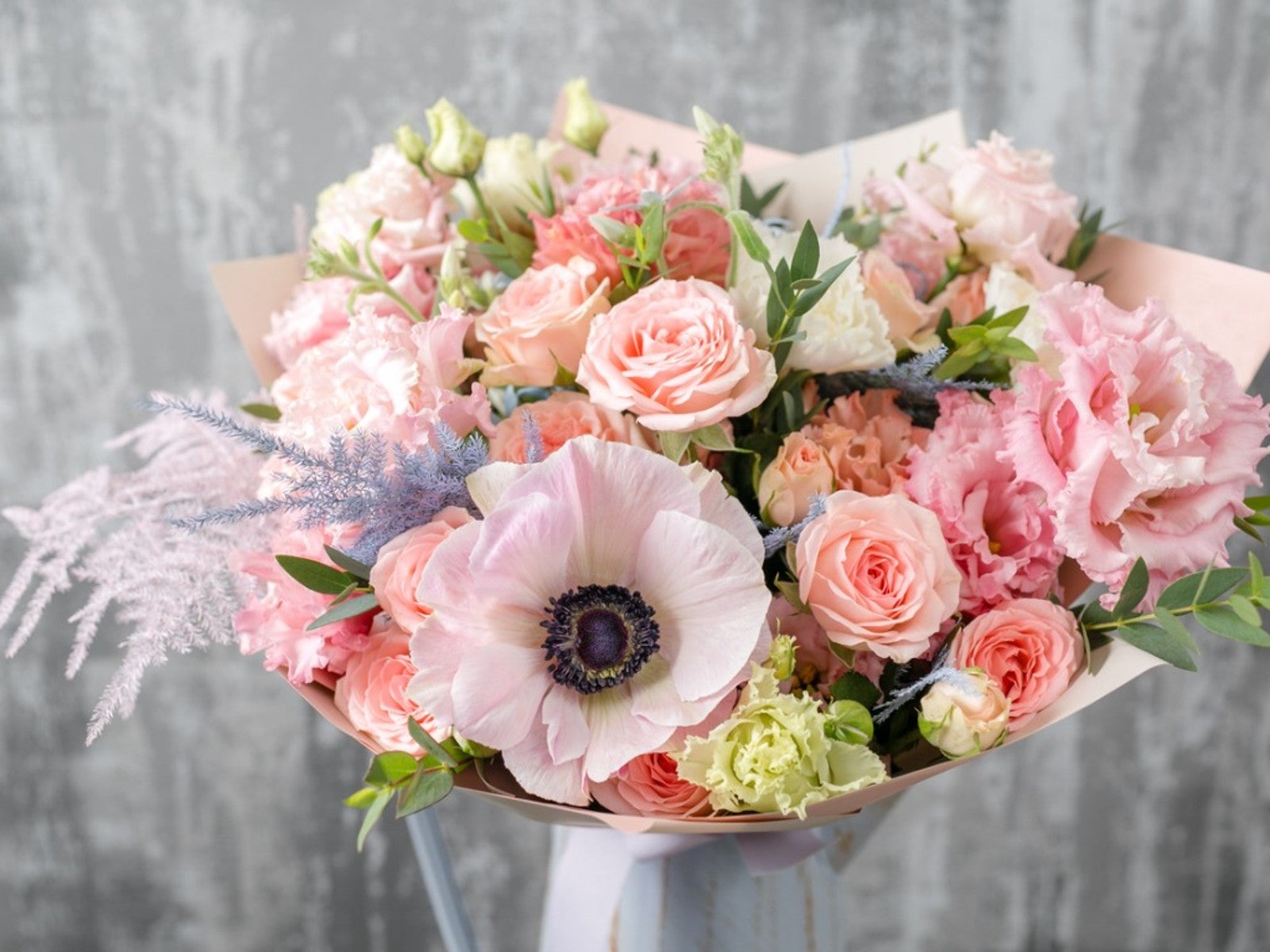 Pretty Plants For A Pastel Flower Bouquet
Pretty Plants For A Pastel Flower BouquetRoses aren’t the only romantic flower. Some romantic pastel flowers can fill in beautifully.
-
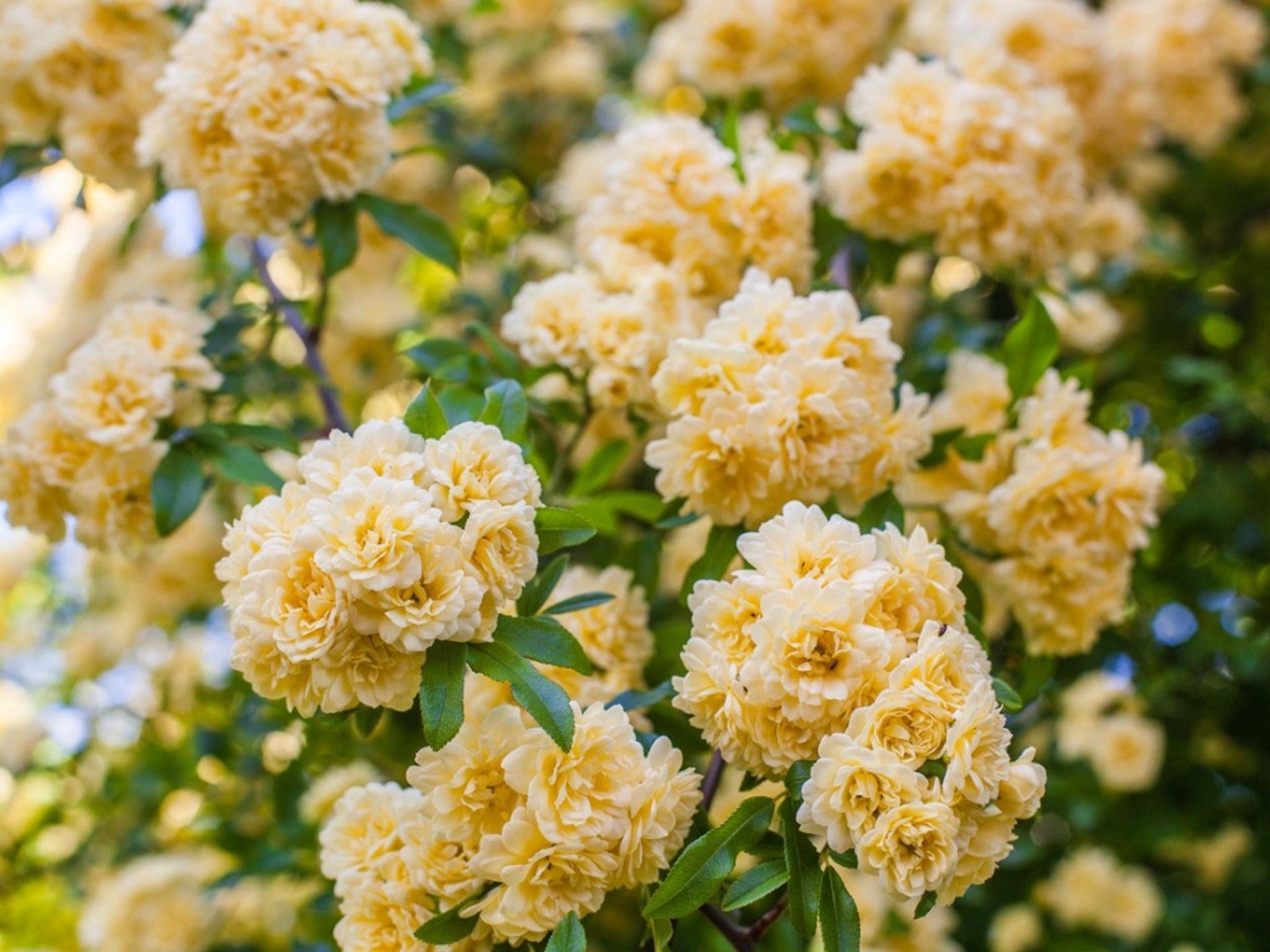 Soft Yellow Plants For A Sunny Pastel Garden
Soft Yellow Plants For A Sunny Pastel GardenClick here for ideas on some pale yellow flower varieties for pastel garden designs.
-
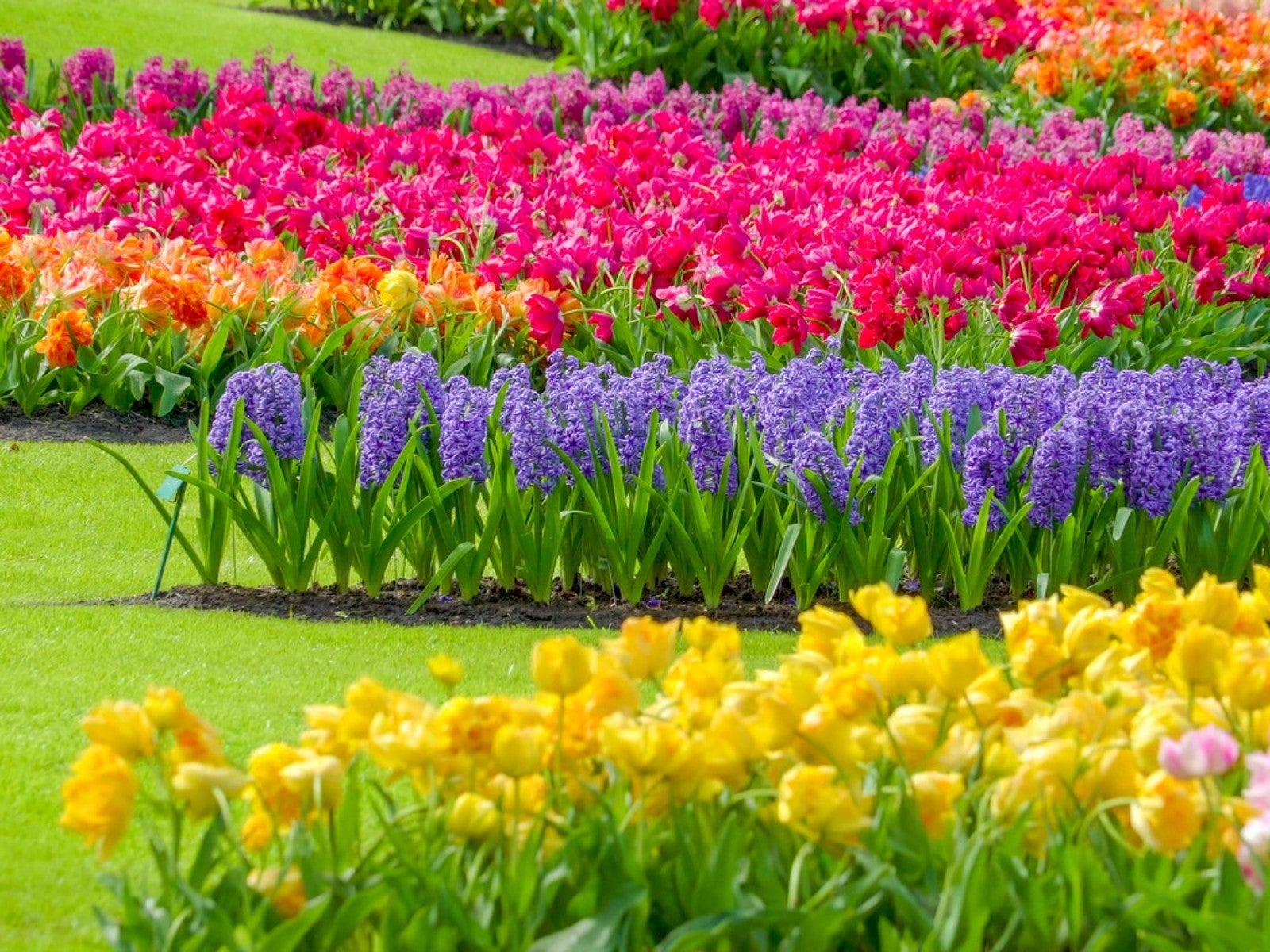 Most Common Flower Color In The World
Most Common Flower Color In The WorldWhat are the most common and least common flower colors in the world? Click here to find out.
-
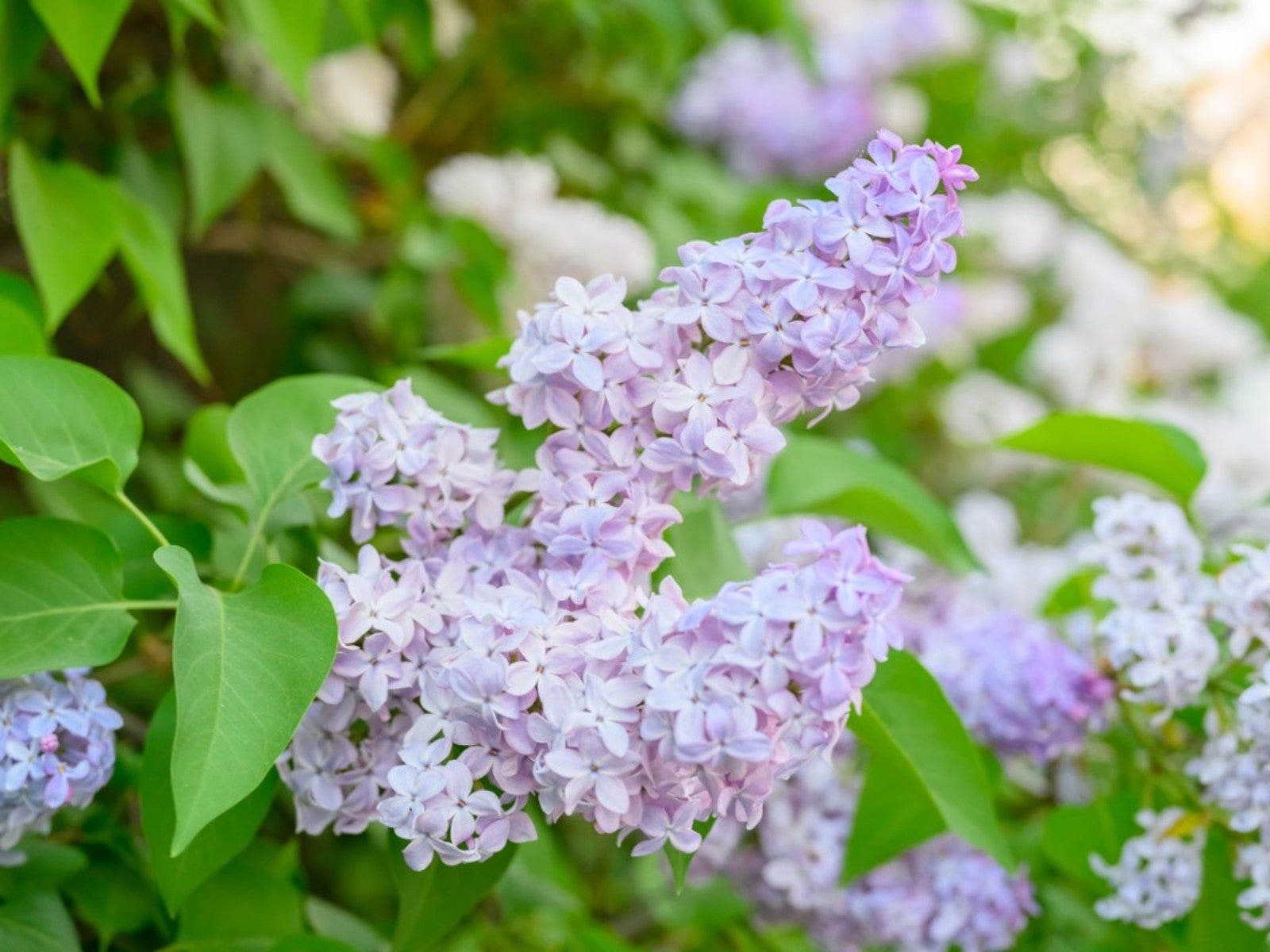 Pastel Plants For A Lovely, Light Purple Flower Garden
Pastel Plants For A Lovely, Light Purple Flower GardenClick here for ideas on some light purple plants for a pretty, pastel garden display.
-
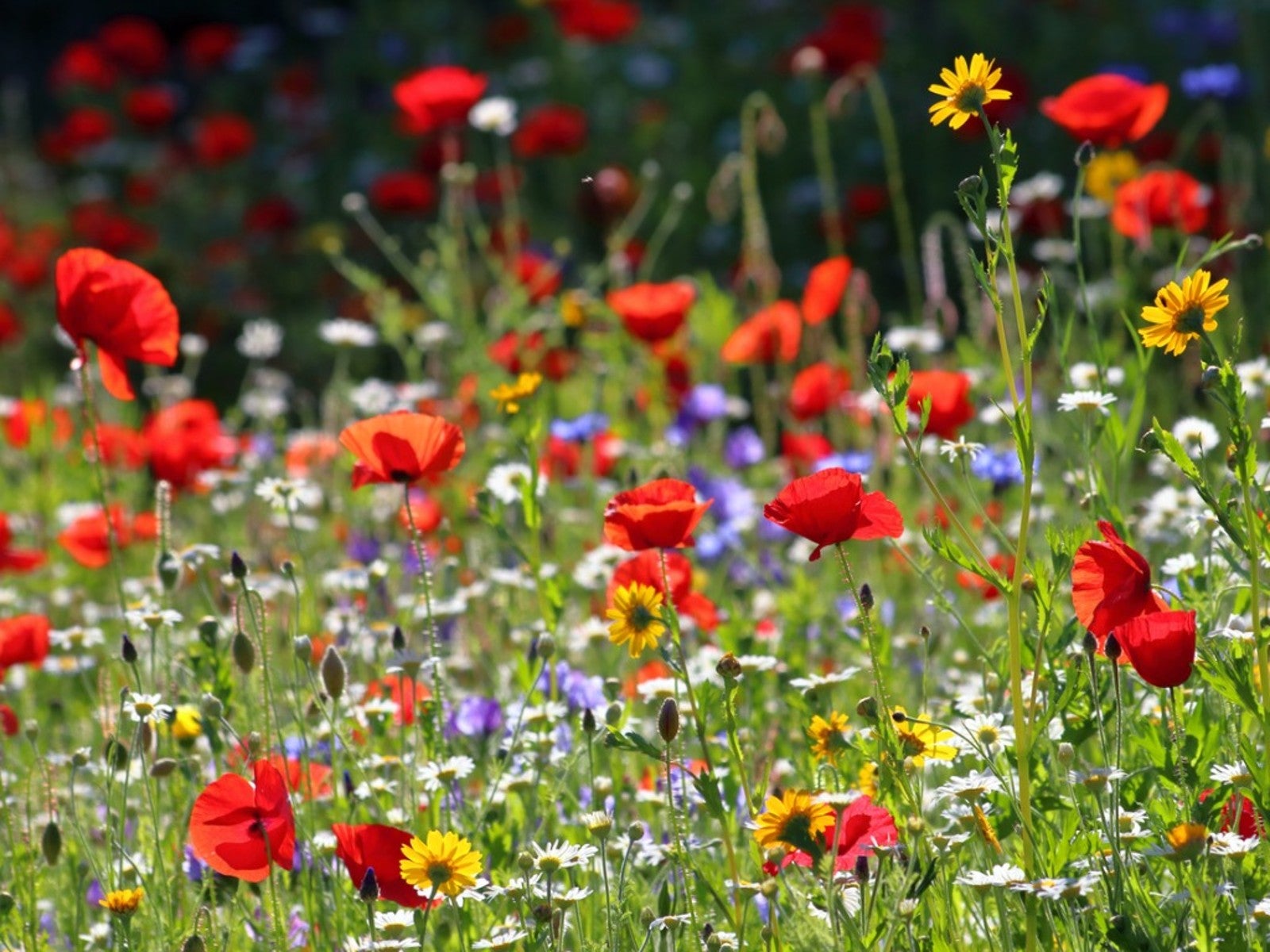 Plant Wildflower Seeds In Fall for A Stunning Spring Display
Plant Wildflower Seeds In Fall for A Stunning Spring DisplayCan you plant wildflower seeds in fall? What makes fall the best time to sow wildflower seeds? Click here for more.